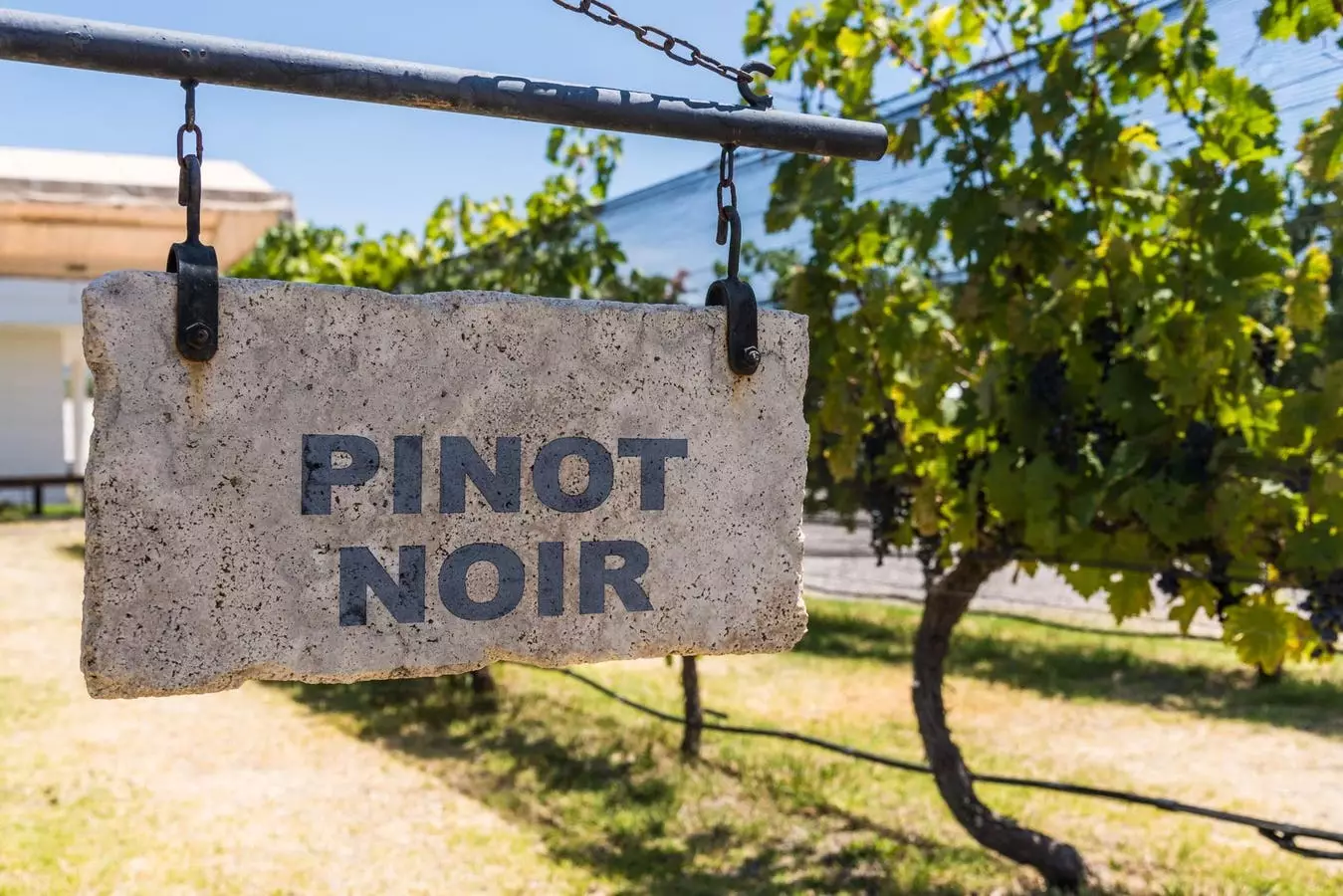Pinot Noir stands out as one of the most beloved red wines around the globe. This grape varietal thrives in cooler climates, producing wines that are known for their elegance, complexity, and longevity. It’s a favorite among wine enthusiasts due to its finicky nature and high price tag. Originating from Burgundy, France, Pinot Noir has gained international fame for its finesse and age-worthiness.
Pinot Noir is predominantly grown in Burgundy, France, where it is often produced as a single-varietal wine. While attempts have been made to cultivate this grape in various regions worldwide, it truly shines in cooler climates. Countries such as Switzerland, Germany, Austria, New Zealand, Australia, the United States, and Chile are producing exceptional Pinot Noir wines. Each region brings its own unique touch to this versatile grape.
Characterized by its light to medium body, bright acidity, silky tannins, and alcohol content ranging from 12% to 15%, Pinot Noir offers a plethora of flavors. From cherry and raspberry to hints of mushroom and forest floor, this wine is a sensory delight. The aging process in French oak barrels adds notes of vanilla and baking spice, further enhancing its complexity. Climate and winemaking techniques play a significant role in shaping the flavor profile of Pinot Noir.
The alcohol content in Pinot Noir varies depending on the region in which the grapes are grown. Cooler climates like France and Germany produce wines with 12-13.5% alcohol by volume, whereas warmer regions like California and Australia result in alcohol levels reaching 14-15.5%. Vintage variations and weather conditions also impact the final alcohol content of Pinot Noir.
Despite its juicy red fruit flavors and high acidity, Pinot Noir is typically crafted in a dry style. The residual sugar left in the wine after fermentation is minimal, giving rise to a dry and vibrant taste. Occasionally, a hint of residual sugar may remain, adding a touch of richness and sweetness to the wine. However, Pinot Noir is generally regarded as a dry wine.
With an average of 125 calories per 5-ounce serving, Pinot Noir contains minimal carbohydrates, making it a relatively low-calorie beverage. The ideal serving temperature for Pinot Noir falls between 55-65°F, allowing the wine’s delicate flavors to shine. Storing an open bottle in the refrigerator will maintain its freshness for up to three days before oxidation sets in.
Pinot Noir pairs harmoniously with a range of dishes that complement its fruit-forward flavors, bright acidity, and elegant structure. Light red meats, like duck and lamb, along with white meats such as turkey, pork, and chicken, are excellent matches. Fuller-flavored fish like salmon and earthy ingredients like mushrooms and thyme enhance the savory notes of Pinot Noir. Avoid pairing this delicate wine with dense or overly rich foods to fully appreciate its nuances.
Distinctions between Pinot Noir, Cabernet Sauvignon, and Merlot lie in their grape characteristics and winemaking styles. While Pinot Noir is known for its light to medium body, high acidity, and red fruit aromas, Cabernet Sauvignon offers deeper hues, robust tannins, and fuller body. Merlot falls in between the two, with a darker color, medium tannins, and plusher texture. Each grape varietal brings its unique appeal to the world of red wines.
Pinot Noir remains a timeless classic that captivates wine enthusiasts with its elegance, complexity, and versatility. From Burgundy to California, this grape continues to thrive in various regions, showcasing its charm and finesse. Whether you’re a seasoned wine connoisseur or a novice enthusiast, exploring the world of Pinot Noir is a journey filled with rich flavors and unparalleled experiences.

